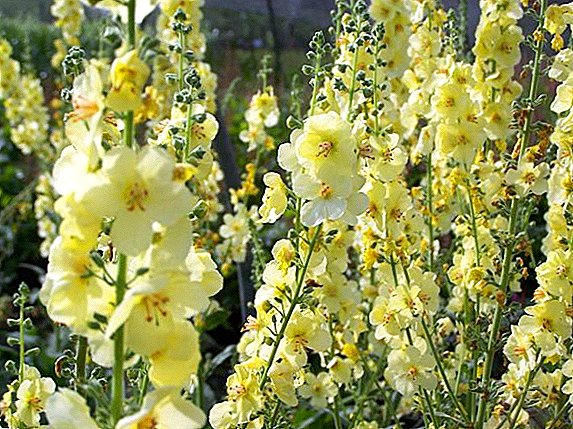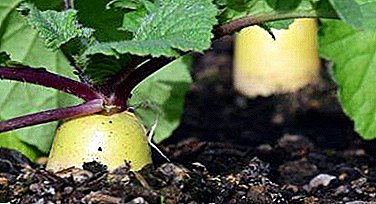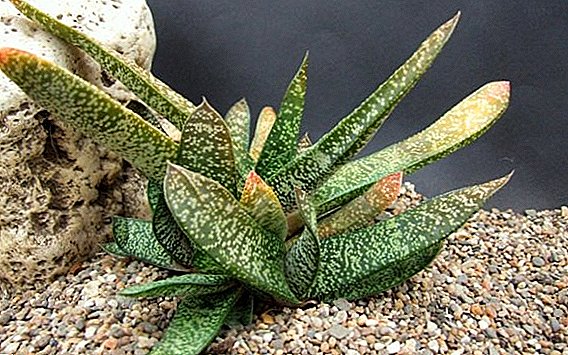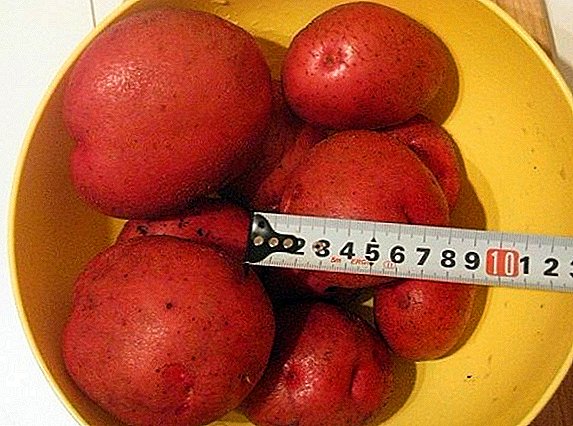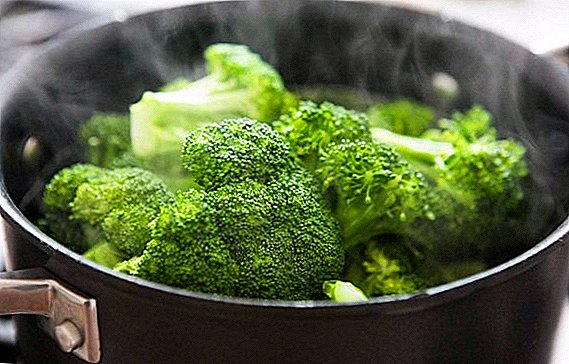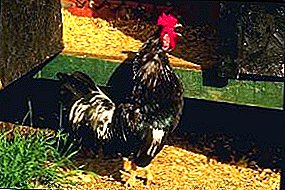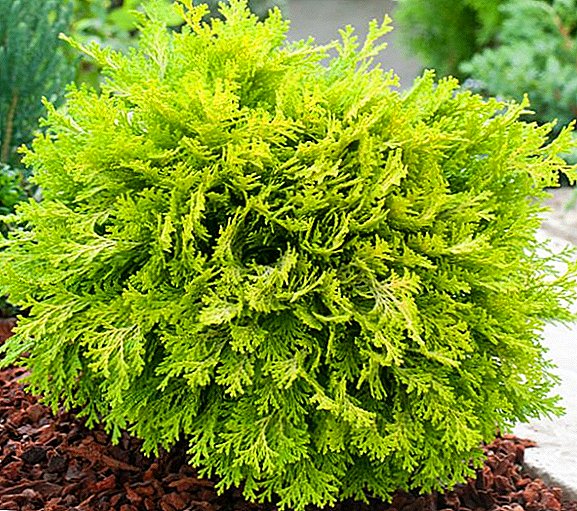 The usual for our latitudes thuy with its soft green needles resembles cypress, whose birthplace is called North America, the island of Taiwan and Japan. In total, six main species of this tree are known, within each of which quite numerous cypress varieties are tracked. All trees of this genus are characterized by a pyramidal crown and brown-brown bark. Their needles are scale-like, needles opposite, cross. Round female cones are different from small male ovals. In temperate climates, three species of cypress trees are well grown (pea fruit, nutkusky, and tupeiform), and with Lawson's cypress and the blunt, they experiment in order to adapt them to our conditions.
The usual for our latitudes thuy with its soft green needles resembles cypress, whose birthplace is called North America, the island of Taiwan and Japan. In total, six main species of this tree are known, within each of which quite numerous cypress varieties are tracked. All trees of this genus are characterized by a pyramidal crown and brown-brown bark. Their needles are scale-like, needles opposite, cross. Round female cones are different from small male ovals. In temperate climates, three species of cypress trees are well grown (pea fruit, nutkusky, and tupeiform), and with Lawson's cypress and the blunt, they experiment in order to adapt them to our conditions.
Did you know? Due to the high embalming effect of cypress resin, the ancient Egyptians used it to mummify the dead, and sarcophagi were made from the cypress itself.
Cypress pea fruit
This cypress tree feels great in winter and does not like drought, although it practically does not give in to burning in the heat. A pea-cypress cypress tree prefers the sun's rays, although a small shade also suits him. Arriving to us from Japan, the cypress-pea grows to a height of 10 meters, although at 10 years of age it reaches only one and a half meters.  Smooth bark with a reddish tinge exfoliates thin strips. Branches are placed horizontally and fan. Loose short (1.5 mm) and flat needles of pea cypress are characterized by a sharp top, a dark green top and a whitish striped stomatal bottom, as well as the presence of a keel on the back. The diameter of dark brown cones reaches 0.6 cm. In a hundred different varieties of pea cypress it is easy to find well-adapted to the conditions of the middle band.
Smooth bark with a reddish tinge exfoliates thin strips. Branches are placed horizontally and fan. Loose short (1.5 mm) and flat needles of pea cypress are characterized by a sharp top, a dark green top and a whitish striped stomatal bottom, as well as the presence of a keel on the back. The diameter of dark brown cones reaches 0.6 cm. In a hundred different varieties of pea cypress it is easy to find well-adapted to the conditions of the middle band.
Cypress Lawson
A truly magnificent cypress tree, rewarded by nature with growth, in front of which viewers need to lift their heads up as it rises to 70 meters. But those who want to grow this type of cypress, differing in smaller sizes, can easily choose a suitable option from 250 known varieties (not all of them, however, are suitable for our climate).
Lawson's cypress usually inclines slightly with the evergreen narrow cone of its crown, as if glancing at us from the height of its position. The reddishness of the thick crust, the cracks in which separate the pleasant roundness of the plate from each other, has a thicker brown tone, as it were.
If you force Lawson's cypress to crawl along the ground, bending towards it, it easily burns branches that are unaccustomed to the winter cold weather, then an attempt to grow this species can be successful.
Important! The greatest success awaits gardeners, in which the plots are located in places prone to good snowfall, - a snow shelter will allow cypress branches to easily endure the winter.
 Skeletal branches that grow in the horizontal plane, bend over the years, and the lowest ones may be near the earth's surface. The lower part of the needles (narrow millimeter needles grow up to 2 mm in length, and lateral ones up to 4 mm) are marked below with white, white stomatal stripes at the base, and glittering with bright greenery from above. The diameter of the light brown oval cones is up to 1 cm.
Skeletal branches that grow in the horizontal plane, bend over the years, and the lowest ones may be near the earth's surface. The lower part of the needles (narrow millimeter needles grow up to 2 mm in length, and lateral ones up to 4 mm) are marked below with white, white stomatal stripes at the base, and glittering with bright greenery from above. The diameter of the light brown oval cones is up to 1 cm.For our latitudes are most good:
- The English variety of cypress "Ellwood" (Ellwoodii), whose compact pyramid grows to a height of two meters, has needle-shaped bluish-blue needles, and branches that are slightly decayed at the ends and the shoots are vertically raised;
- rare for Lawrence's cypress, Blue Surprise frost-resistant variety (Blue Surprise), reaching adult height to a height of 3.5 m with a dense cone-shaped crown having a diameter of up to 1.2 m. It received its name (“Blue Surprise”) for the wonderful bluish-green color of the needles and numerous light brown cones, which also cast a blue.
Nutkan cypress (yellow)
Growing nutkanskogo cypress is in no hurry and by the age of 10 it moves up only to the meter level. The crown is in the shape of a narrow pyramid. The brown bark has a gray tint and is crushed into large thin layers. Skeletal branches are directed slightly upwards or widely spread. At the same time, the other branches (they are both rounded and with four sides) are somewhat thick and slightly lowered.
The needles of dark green color (in the classic version), as a rule, lack glands. Small (10 mm in diameter) pointed cones on a brown-red background have a bluish raid. We have the most popular (mainly due to winter hardiness and non-burnability) yellow variety of the Nutkan cypress (about twenty in total), bred by the Dutch in the last quarter of the 19th century.  After a decade and a half, it grows up to 2 m. The result of sagging upright branches of the second order and a bent top is a frankly weeping view of the whole habitus. The needles are not so much yellow, what it looks like in sunlight, but rather greenish-gray.
After a decade and a half, it grows up to 2 m. The result of sagging upright branches of the second order and a bent top is a frankly weeping view of the whole habitus. The needles are not so much yellow, what it looks like in sunlight, but rather greenish-gray.
Did you know? In nature, the Nutcan cypress lives for 5-6 hundreds of years, and a plant of 3000 years old has been found in Greece.
Thyme cypress
For a cypress-like cypress tree, as well as for its nutkan and pea-fruit fellows, there is a love for fertile soil and good watering. The more years this plant becomes, the more its red-brown bark divides into long strips. It seems that the thin twigs someone specifically flattened.
Pine needles smell like resin, especially if you grind flat needles with obligatory glands and keel. It differs from the side only in its location, but it has the same green color with a bluish tinge. Cultivated infrequently, because not everyone likes the look. About four dozen varieties are known, including forms that are rarely found in our latitudes, which change the color of the needles during the winter period. 
Important! Connoisseurs of plant growers attracts the greatest winter resistance in the cypress family.
Stupid cypress
A stupid cypress (yet such a perfectly acceptable term sounds more pleasant than a stupid cypress) prefers to swim in air that is well saturated with moisture. On light sandy soil for this cypress almost guaranteed successful growth. This must be considered when choosing the appropriate variety.
This plant, due to actively branching flat twigs, has a very dense crown in the shape of a cone. Light brown bark almost does not feel the roughness of the surface. The dull shape of the leaves gave the name to this type of cypress, while the leaves themselves are very cute because of the shiny dark green surface and inconspicuous white stripes below.  In planar needles, the length ranges from 1.5 to 1.8 mm. The traditional brown background of peaked small (1 cm) knobs has a bright orange tint. Rarely grown due to poor winter hardiness. The range of this species is quite wide - 130 varieties.
In planar needles, the length ranges from 1.5 to 1.8 mm. The traditional brown background of peaked small (1 cm) knobs has a bright orange tint. Rarely grown due to poor winter hardiness. The range of this species is quite wide - 130 varieties.
To understand what cypress is, you need to spend some time reviewing images of an impressive number of cypress varieties and carefully read the description of at least those that you liked and that can be grown near the house or cottage. And then, armed with the knowledge gained, you can get down to business, also taking into account that it is common practice to include a cypress tree in one plant group with other types of shrubs, and when building a rock arias, you should not neglect the size of a cypress tree.


